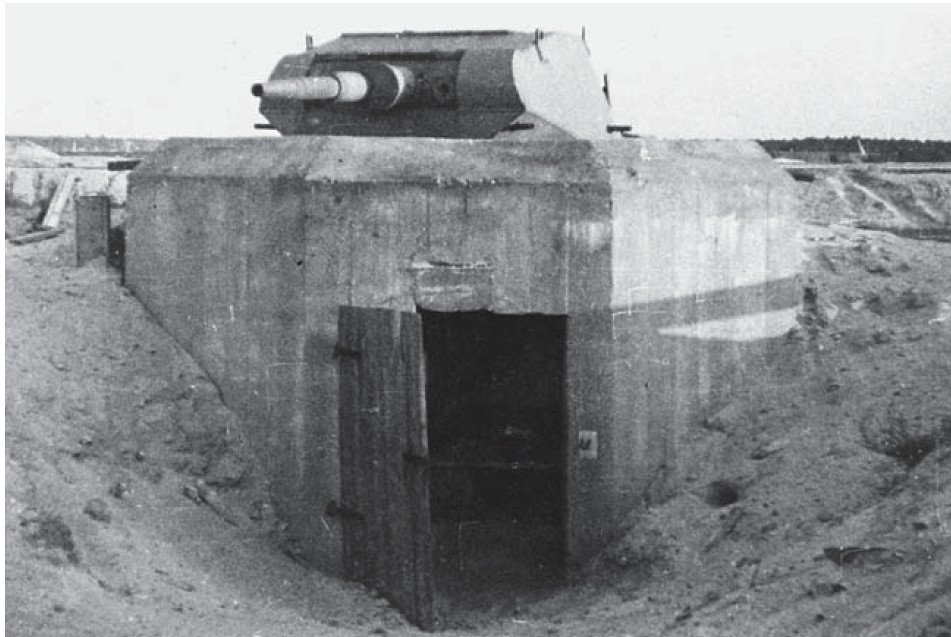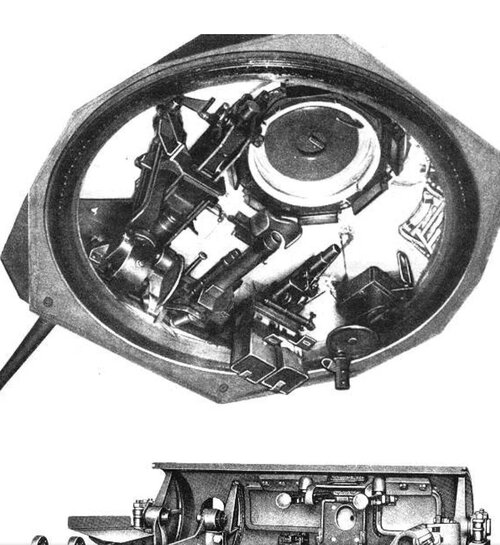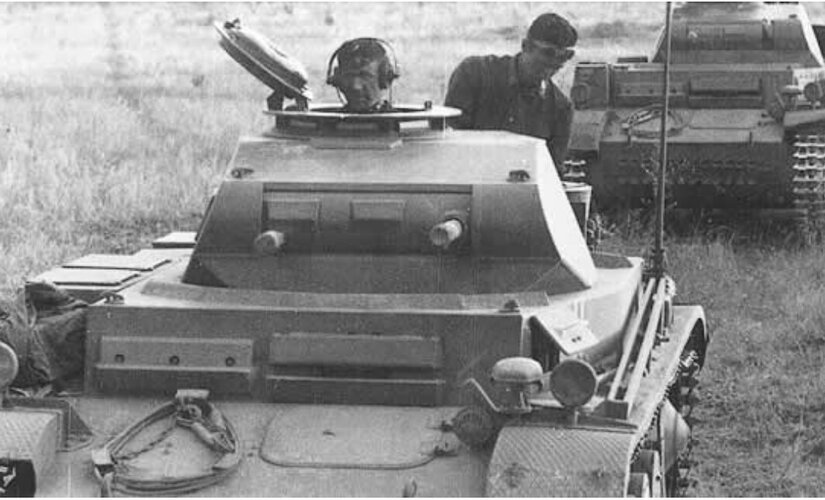ArmchairSamurai
ACCESS: Confidential
- Joined
- 1 July 2019
- Messages
- 119
- Reaction score
- 154
Hello all.
I am not sure if this post really belongs here or not, but I just found the photo below and I find the theoretical implications fascinating. It sure looks like a Panzer II turret with a 37mm gun. Sure enough, it is. This turret was used on the Atlantik Wall as a static defensive position, and the configuration was never applied to the tank from which the turret is taken. I dug a little deeper and found this article: Panzer II Turret with 37mm found buried in Poland
What do you all think? Would be interesting to speculate Panzer IIs running around either with the 2 cm KwK 30 or the 3.7 cm KwK 36 the Panzer III had OTL in the early war, meanwhile, the Panzer III went with the 5 cm KwK 38 that was advocated for by some but ultimately passed over until later in the war. Interesting stuff.

I am not sure if this post really belongs here or not, but I just found the photo below and I find the theoretical implications fascinating. It sure looks like a Panzer II turret with a 37mm gun. Sure enough, it is. This turret was used on the Atlantik Wall as a static defensive position, and the configuration was never applied to the tank from which the turret is taken. I dug a little deeper and found this article: Panzer II Turret with 37mm found buried in Poland
What do you all think? Would be interesting to speculate Panzer IIs running around either with the 2 cm KwK 30 or the 3.7 cm KwK 36 the Panzer III had OTL in the early war, meanwhile, the Panzer III went with the 5 cm KwK 38 that was advocated for by some but ultimately passed over until later in the war. Interesting stuff.



